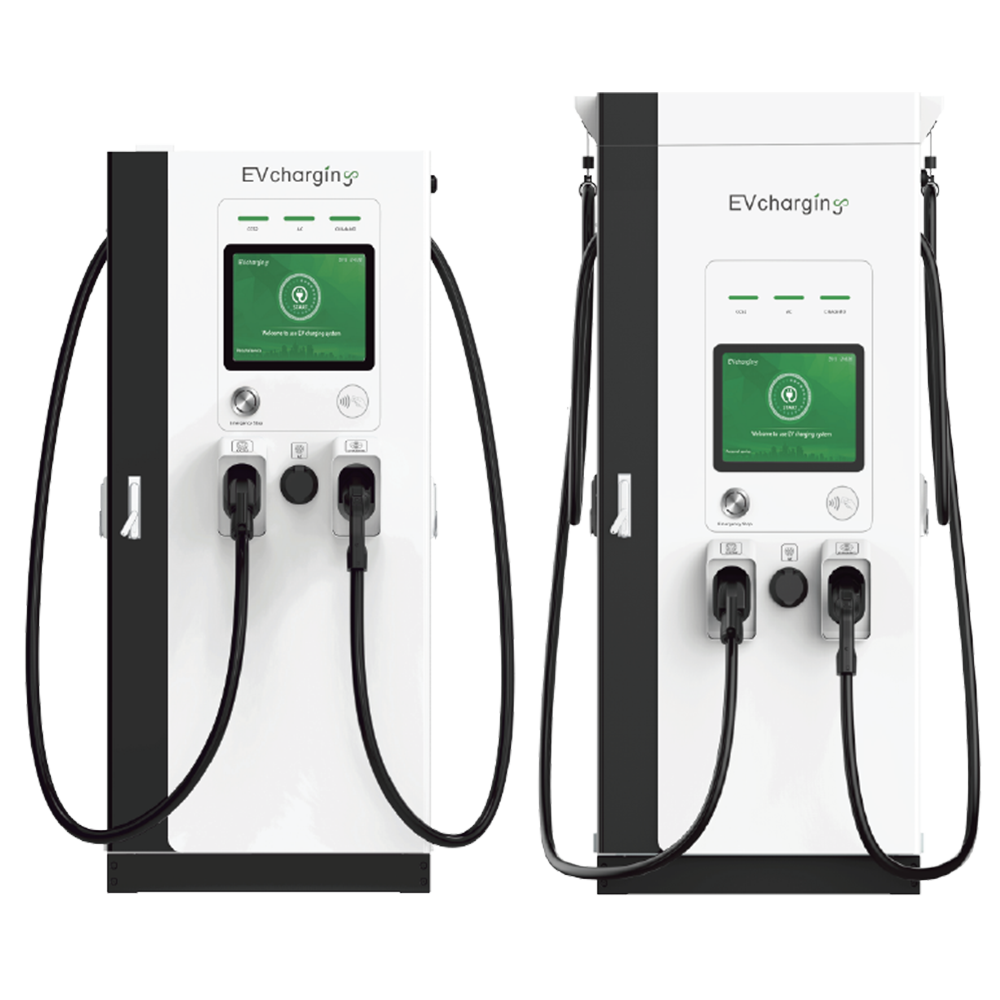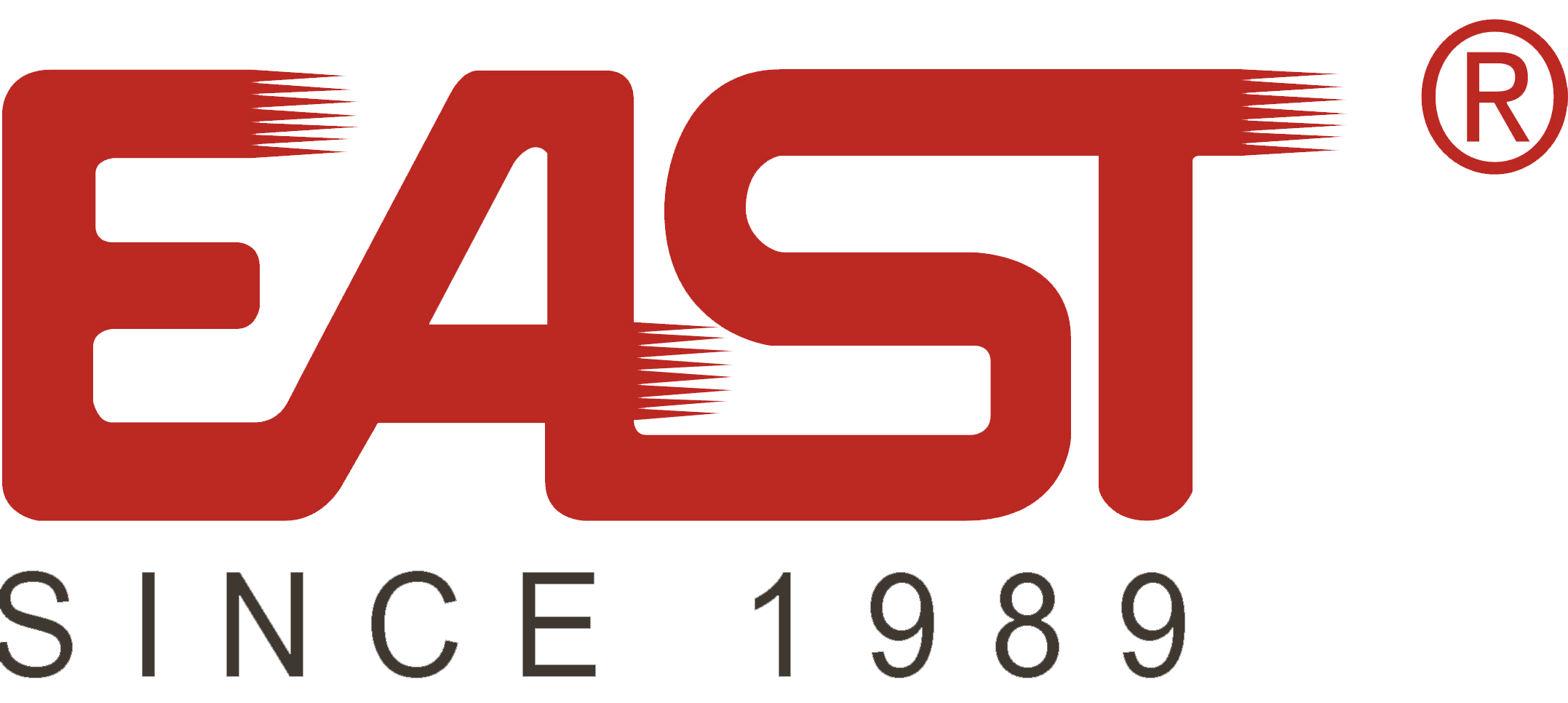Email format error
Email cannot be empty
Email already exists
6-20 characters(letters plus numbers only)
The password is inconsistent
Email format error
Email cannot be empty
Email does not exist
6-20 characters(letters plus numbers only)
The password is inconsistent


DC EV Charging Pile: The Future of Electric Vehicle Charging
As the world moves towards cleaner energy, more people are buying electric vehicles (EVs). But this also creates a problem: where will they charge their cars? The answer lies in DC EV charging piles, which help drivers charge their EVs faster and more easily. In this blog post, we will explain what DC EV charging piles are, why they are important, and how they are changing the EV charging world.
What is a DC EV Charging Pile?
A DC EV charging pile is a type of electric vehicle charging station that gives direct current (DC) to an electric car’s battery. Unlike alternating current (AC) charging, which is slower, DC charging is much faster. This makes it perfect for public charging stations and places where quick charging is needed.
DC chargers change the AC power from the grid into DC power before sending it to the car’s battery. This means the car gets charged faster. While AC chargers may take several hours to charge a car, DC charging piles can charge a car up to 80% in as little as 30 minutes, depending on the charger’s power and the car’s compatibility.
Why Are DC EV Charging Piles Important?
As more people buy electric cars, there is a greater need for good charging solutions. The piles are important because they allow for faster charging. This makes them ideal for busy areas like highways, shopping centers, and cities.
In addition to convenience, DC charging piles help the electric car market grow. They make EVs more attractive to buyers by solving the problem of long charging times. By offering fast charging, DC EV charging piles improve the overall EV experience.
The Difference Between AC and DC Charging
It is important to know the difference between AC and DC charging. Both methods charge an electric car, but they work in different ways.
AC Charging
AC charging uses alternating current, which is the form of electricity used in homes and businesses. When you use an AC charger, the electricity needs to be changed from AC to DC inside the car’s charger before it can go into the battery. AC charging is slower and is usually used for home charging or overnight charging.
DC Charging
DC charging sends direct current straight to the battery, bypassing the car’s onboard charger. This makes it much faster. DC EV charging piles are usually found at public charging stations, commercial areas, and highway rest stops where drivers need to quickly charge and keep going.
Advantages of DC EV Charging Piles
1. Fast Charging Speeds
The biggest advantage is that they charge electric cars much faster than AC chargers. A DC charging pile can charge a car up to 80% in about 30 minutes, which is much quicker than an AC charger. This makes them very useful in busy areas.
2. High Power Output
The piles can deliver more power than AC chargers. This higher power means faster charging. Some DC charging piles can deliver up to 350 kW of power, providing very fast charging for cars that can handle that level of power.
3. Convenience for EV Owners
EV owners want to charge their cars quickly and easily. The piles let them do this. Charging with a DC pile saves time, especially for long trips or when you need to charge quickly.
4. Improved Battery Health
Fast charging can sometimes cause heat, which might hurt the battery over time. However, the piles are designed to charge cars quickly without damaging the battery. These charging piles help ensure the battery stays in good condition.
5. Future-Proof Infrastructure
As electric cars keep getting better, we need charging stations that can handle new technology. The piles are ready for this future. They can easily handle bigger batteries and faster charging, making them a good choice for the long term.
Key Features of DC EV Charging Piles
1. High Power Capacity
The higher the power, the faster the car charges. DC EV charging piles come in different power levels, usually from 25 kW to 350 kW. The more power the pile has, the faster it will charge the car. Many EV charging pile manufacturers offer chargers with different power options to suit different EV models.
2. User-Friendly Interface
Modern piles have easy-to-use interfaces. These might include touchscreens, payment systems, and real-time updates about the charging progress. This makes using the charging station simpler for EV owners.
3. Multiple Charging Ports
Some piles have more than one charging port, so more than one car can charge at the same time. This is useful in busy places like malls or highway service areas, where many drivers need to charge their cars.
4. Smart Charging Features
Newer piles have smart features that allow charging stations to be monitored remotely. These systems help check for problems and ensure everything works correctly. Smart features can also provide data about the charger’s performance and usage.

The Future of DC EV Charging Piles
1. Expansion of Charging Networks
In the future, there will be more charging stations with the piles. These charging stations will be spread out across cities, highways, and other busy areas. As more fast chargers are added, charging will become more accessible for everyone.
2. Integration with Renewable Energy
There is a growing trend to use clean energy sources, like solar or wind, to power charging stations. In the future, many piles may be powered by renewable energy, which will make them even more eco-friendly.
3. Faster Charging Speeds
Charging speeds will continue to improve. The piles will get even faster, cutting down charging time even more. In the near future, new technology could allow EVs to charge in just a few minutes, making the process as quick as refueling a gas car.
4. Wireless Charging Technology
There may also be wireless charging for electric vehicles. DC charging piles could use magnetic fields to charge cars without the need for cables. This would make charging easier and more convenient for drivers.

